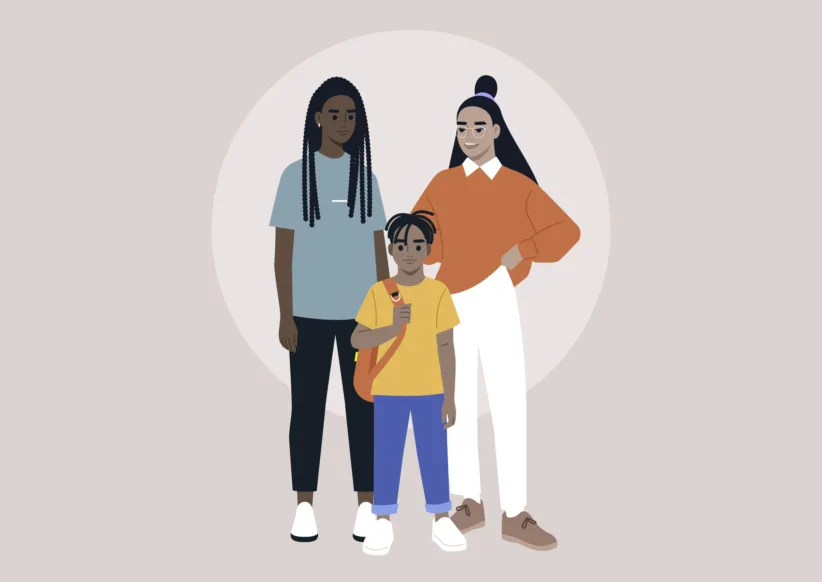Even as the parenting community becomes more aware of autism as a diagnosis, it is becoming less familiar with treatment plans. Parents, educators and doctors are better able to recognize the signs of autism, but many myths and misconceptions persist in the general public. —
The Association for Metroarea
Autistic Children (AMAC) has gathered the myths and now presents the underlying truths. By dispelling these myths surrounding autism-spectrum disorders, AMAC hopes that we can understand and appreciate the true challenges, abilities and potential of autistic people.
FACT VS. FICTION
Myth: Autism is a mental illness or an
emotional disorder.
Truth: Autism is a developmental
disability and neurobiological disorder that manifests itself in early
childhood. Autism is a spectrum disorder that significantly affects an
individual’s social and communicative abilities at different levels.
Myth: Autism is rare.
Truth: One out of every 150 children in the United
States is diagnosed with autism. It is a
disorder more common than pediatric cancer, diabetes and AIDS combined.
Myth: Autism is caused by bad parenting.
Truth: We don’t know the exact cause of
autism. We know that parents do not and cannot cause autism-spectrum
disorders, although a genetic component can be demonstrated in some families.
Myth: Childhood vaccines can cause
autism.
Truth: There has been a lot of
controversy over vaccines and their role in autism, with many parents even
deciding not to vaccinate their children. However, a scientific review by the
Institute of Medicine (IOM) concluded that
“the evidence favors rejection of a causal relationship between thimerosal
containing vaccines and autism. Further, the Center for Disease Control and
Prevention in Atlanta, GA
(CDC) supports the IOM
conclusion.
Myth: All autistic people are nonverbal
and low-functioning.
Truth: Autism is a spectrum
condition. Many people are somewhere between the high-functioning and
low-functioning extremes. In fact, with the right support and treatment, most
autistic children can increase their level of function in school and in the
community.
Myth: Individuals with autism are
dangerous.
Truth: If you look at the entire population of
people on the autism spectrum, the number of people involved in crime is small.
If someone with autism acts out, it could be due to frustration, or
physical/emotional over-stimulation and not malice.
Myth: Individuals with autism do not feel
emotions and cannot build social relationships.
Truth: Individuals with autism feel emotions — love, fear,
frustration, joy and everything in between. However, they may express those
emotions differently than other people do. In addition to close bonds with
their families, many children and adults are able to form friendships, and some
even develop romantic relationships and some may even get married.
Myth: Autism can be cured or outgrown.
Truth: At present, there is no cure for
autism. It can’t be outgrown, but it can be treated. People with autism can and
do improve. Appropriate treatment can help autistic individuals to lead more
productive lives. Some autistic adults are even able to live and work
independently or in supervised community settings.
Myth: People with autism cannot learn.
Truth: On the contrary, they can
absolutely learn. The key is figuring out how they learn and teaching them
appropriately. Each person is different.
Myth: All individuals with autism are
geniuses with hidden talents or abilities.
Truth: While there are some savants, it is an
unrealistic portrayal for the majority of individuals on the spectrum. Most do
not have talents or skills that distinguish themselves as “extraordinary.” However,
everyone on the autism spectrum has a great deal to offer the world.
The Association for Metroarea
Autistic Children (AMAC) provides services for children with
special needs and people of all ages diagnosed with autistic-spectrum disorders,
as well as their families. For more
information, visit amac.org.





















